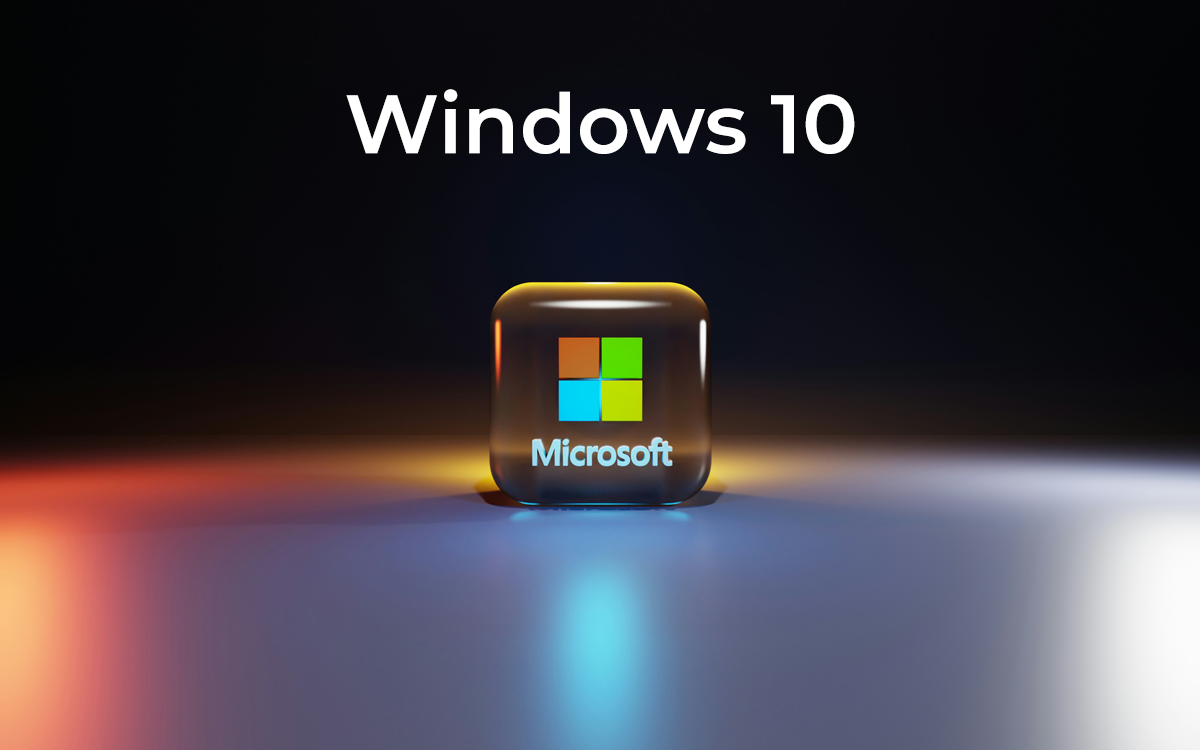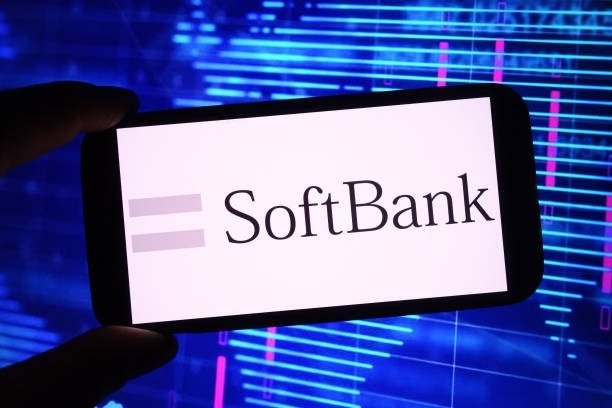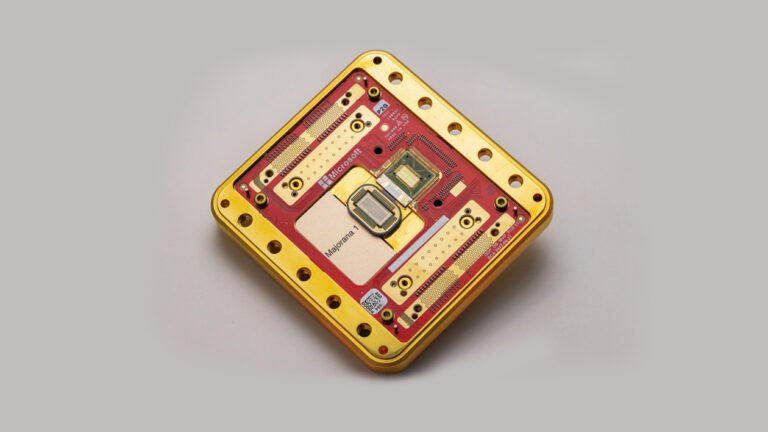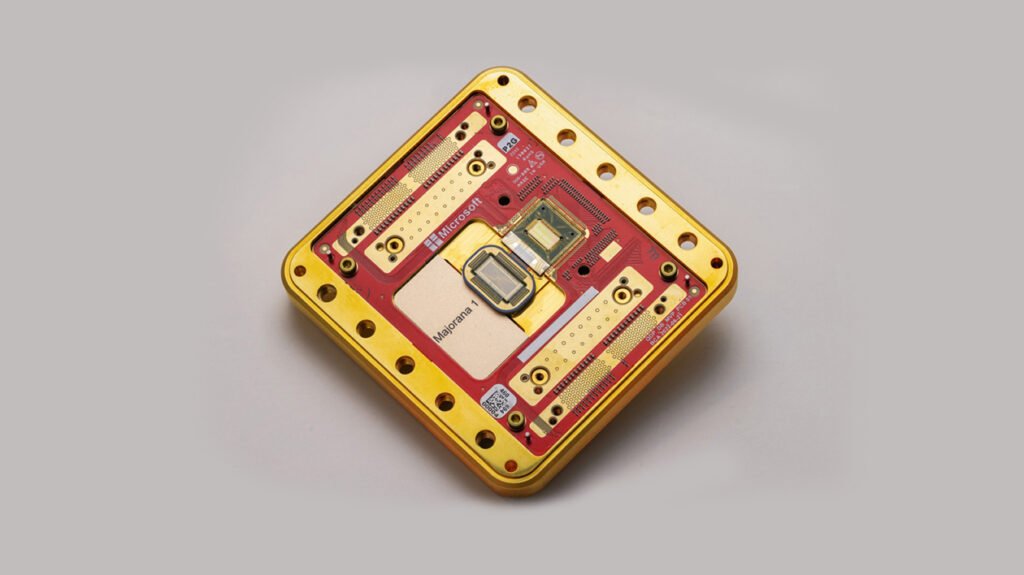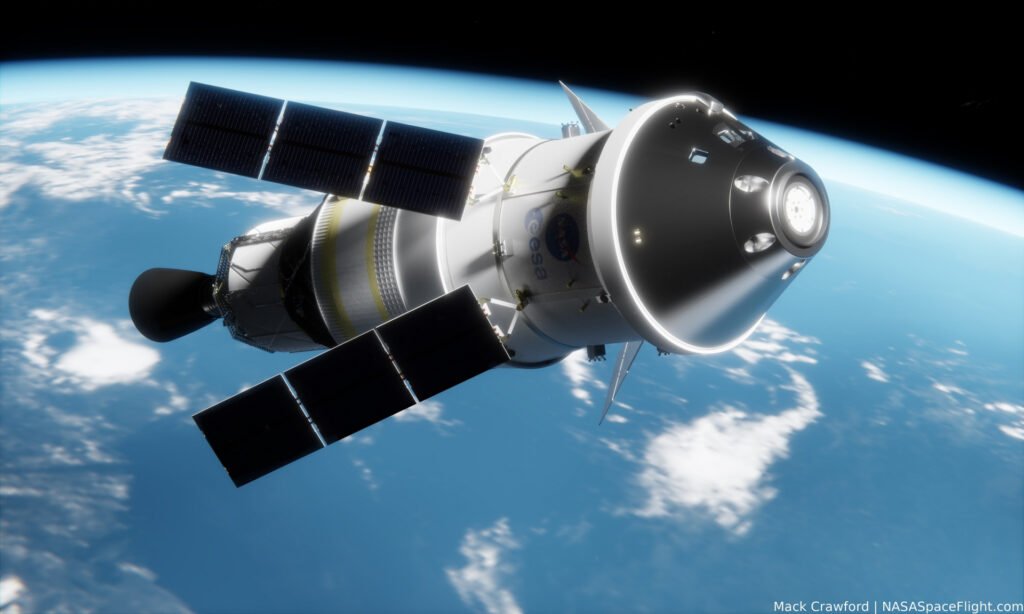The official end of Windows 10 support is drawing near. On October 14, 2025, a significant chapter in computing history will close. After this date, Microsoft will no longer provide free security updates, technical assistance, or bug fixes for the operating system. This marks a critical moment for millions of users worldwide, as remaining on an unsupported OS can expose your PC to serious risks. This blog post explores the key details of the upcoming change, your options for staying secure, and the reasons behind Microsoft’s decision to sunset its most popular OS.
What Happens When Windows 10 Support Ends?
The most significant consequence of the end of Windows 10 support is the cessation of security updates. Without regular patches, your computer will become increasingly vulnerable to viruses, ransomware, and other cyber threats. While your PC will still function, any newly discovered security flaws will remain unpatched, leaving your personal and financial data at risk. This is a crucial point for both individuals and businesses. Microsoft has already begun prompting users to upgrade. They use courtesy alerts and notifications to ensure everyone is aware of the upcoming deadline.
Exploring Your Options for Continued Windows 10 Support
For users who cannot or do not wish to upgrade to Windows 11, Microsoft provides a solution: the Extended Security Updates (ESU) program. This program offers a way for users to receive critical security updates for up to three additional years. Consumers can purchase a one-year subscription for $30. Alternatively, a no-cost path exists. You can use your Microsoft Rewards points or your Windows Backup service. However, businesses and organizations must pay a higher, tiered fee. Furthermore, this program only provides security updates, so users will not receive any new features or non-security fixes.
Why Microsoft is Ending Windows 10 Support
The end of Windows 10 support is not an abrupt decision. In fact, it is part of Microsoft’s standard 10-year lifecycle policy. The transition allows Microsoft to focus its development efforts on a more modern and secure operating system. Windows 11 includes advanced security features like TPM 2.0 and Secure Boot, which are not widely supported by older hardware. The move also facilitates the deep integration of AI features. New AI-driven tools, such as the Copilot assistant, require modern hardware and are at the core of Microsoft’s future strategy. This ensures that the entire Windows ecosystem can evolve and offer cutting-edge features.
Making a Smooth Transition from Windows 10
Preparing for the end of this is a crucial step to protect your digital life. The best option for eligible users is to upgrade to Windows 11. You can check your PC’s compatibility with the free PC Health Check app. If your device doesn’t meet the minimum requirements, consider other options. You might buy a new PC that supports Copilot+ features, enroll in the ESU program, or even explore alternative operating systems like Linux. Whatever path you choose, staying on an unpatched OS is a major security risk.
In conclusion, the impending end of Windows 10 support should be a call to action. Take the time to evaluate your options and make a plan. By doing so, you can ensure a smooth transition and maintain your security and peace of mind for years to come.
For more news and updates, please visit PFM Today.

